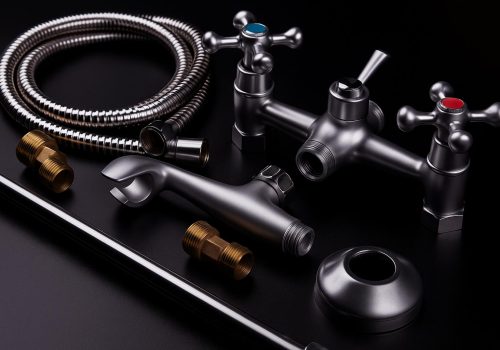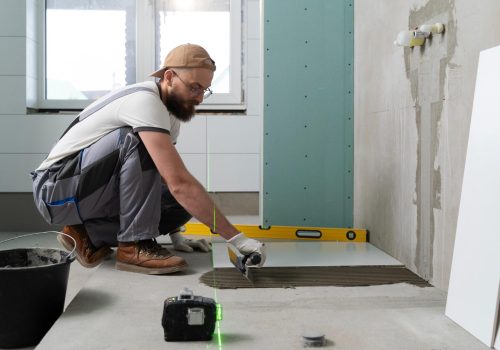Professional Ways of Getting Rid of Bathroom Mould
Bathroom mould is not just unsightly—it can also pose health risks and damage your home if left untreated. Due to the damp and humid conditions in bathrooms, mould can quickly take hold on walls, ceilings, grout, and even fixtures. If you’re looking for effective and long-lasting solutions, here are the most professional ways to tackle bathroom mould and restore your space to its clean, safe state.
1. Use Specialised Cleaning Products
Store-bought mould removers are often the first line of defence. Choose products specifically designed for mould and mildew removal. Apply the cleaner directly to the affected areas, let it sit for the recommended time, and scrub thoroughly with a stiff brush. For stubborn patches, repeat the process or opt for professional-grade cleaners that target deeply embedded spores.
2. Invest in Steam Cleaning
Steam cleaning is an eco-friendly and highly effective method for tackling bathroom mould. The high temperature of the steam kills mould spores while loosening grime from tiles, grout, and other surfaces. This technique is particularly useful for deep cleaning without relying on harsh chemicals.
3. Repair Leaks and Ventilation Issues
Mould thrives in damp environments, making proper ventilation and plumbing maintenance critical. Inspect your bathroom for leaks in pipes, taps, or seals around your bathtub and sink. Ensure your extractor fan is working efficiently or consider installing one if you don’t have one. Addressing these root causes will prevent mould from returning after cleaning.
4. Seek Professional Bathroom Mold Removal Services
For severe infestations or recurring mould problems, hiring a professional service specialising in bathroom mold removal is often the best solution. Experts have access to industrial-strength products and advanced techniques, such as dry ice blasting, which can eliminate mould without damaging delicate surfaces. Additionally, they can provide recommendations to keep your bathroom mould-free in the future.
5. Re-grout or Re-seal Damaged Areas
If mould has deeply penetrated grout or sealant, cleaning alone might not suffice. Re-grouting tiles or replacing damaged silicone seals can completely remove the mould and restore your bathroom’s appearance. This not only ensures cleanliness but also strengthens your bathroom’s defences against moisture intrusion.
6. Apply Anti-Mould Paint and Treatments
Once your bathroom is mould-free, applying anti-mould paint or treatments is a preventative step worth taking. These coatings contain fungicides that inhibit the growth of mould and mildew, providing a long-lasting barrier against future infestations.
Addressing bathroom mould requires a combination of effective cleaning, preventative measures, and, in some cases, professional intervention. By following these steps, you can ensure a cleaner, healthier environment in one of the most-used spaces in your home.





